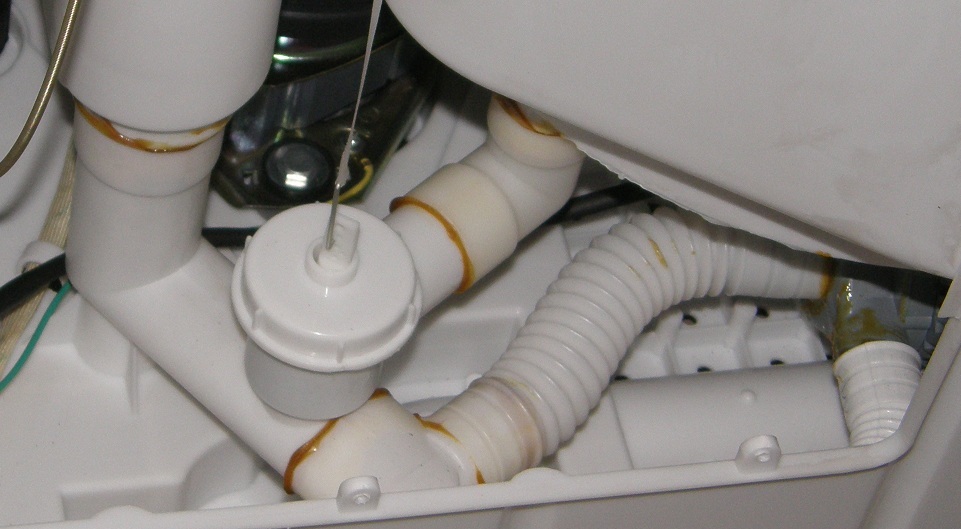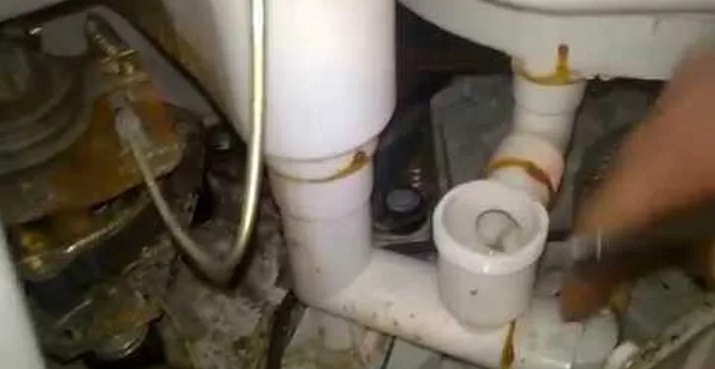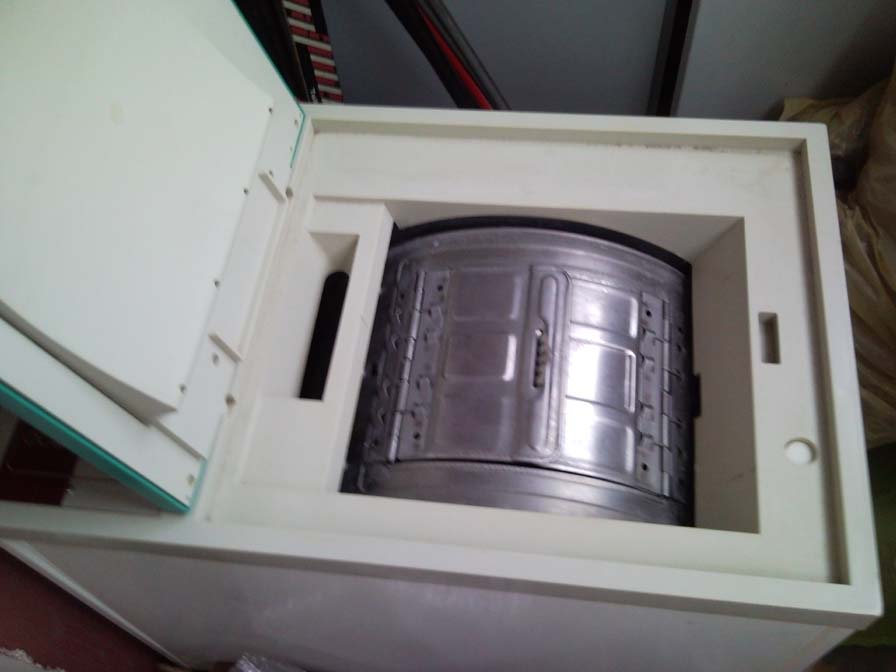Water does not drain in a semi-automatic washing machine
 Semi-automatic washing machines do not lose their popularity among Russians. There are many reasons: from low cost and simplicity of design to relative reliability and long service life. A semi-automatic device is especially helpful for summer residents, making life easier without extra costs. But even this technique produces “surprises” over time - it stops emptying the tank. We suggest you figure out why a semi-automatic washing machine does not drain water and how to restore drainage.
Semi-automatic washing machines do not lose their popularity among Russians. There are many reasons: from low cost and simplicity of design to relative reliability and long service life. A semi-automatic device is especially helpful for summer residents, making life easier without extra costs. But even this technique produces “surprises” over time - it stops emptying the tank. We suggest you figure out why a semi-automatic washing machine does not drain water and how to restore drainage.
Reasons for lack of drainage
Semi-automatic washing machines have a simple design, including a “lightweight” drainage system. Here, three elements are responsible for draining: the drain valve, the hose and the pump. If water does not leave the washer tank, it means one of the following breakdowns has occurred:
- the drain hose is clogged;
- the drain pump is clogged;

- The impeller is broken or blocked.
A semi-automatic washing machine stops draining due to a clogged drain hose or pump.
Often water is retained in a semi-automatic machine for reasons unrelated to the breakdown. Thus, draining becomes difficult if laundry or another foreign object gets into the outlet of the centrifuge. Often the problem is even more trivial: the drainage hose has been pinched or broken. It is difficult to immediately identify the cause of a failure: it is necessary to consistently check all possible breakdowns. A good place to start is by checking the drain hose, which often gets pinched or clogged. Afterwards, we pay attention to the pump and impeller.
How to fix the problem?
As a rule, water drainage stops due to a blockage.Especially if the machine has been in use for a long time, and comprehensive drainage cleaning has not been carried out for a long time. In this case, the diagnosis begins with an inspection of the drain hose and valve. It’s too early to contact the service – you can handle it on your own at home.
The first step is to disconnect the unit from communications - power supply, sewerage and water supply. It is better to lower the drain hose into a basin to control the situation. Next, we turn the equipment “backward” forward and begin the test:
- inspect and probe the drain hose (if there is any pinching or blockage);
- we find the hatch on the back panel and unscrew the three screws holding it;
- pry up the hatch and move it to the side;
- pay attention to the drain valve - “stump” on the drain hose;
- remove the valve by unscrewing the cap counterclockwise.

The first time the lid is difficult to unscrew. During operation, the part is sucked and stuck to the pipe, which complicates its dismantling. But with due effort and with the help of WD-40, the element gives in and leaves the seat. This frees up access to the drainage - a “sleeve” in which debris often collects, clogging the passage and making it difficult to pump out water.
It is recommended to clean the washing machine every 3-4 months by running a cleaning cycle!
The next step is cleaning, which requires a thick wire bent into a hook. The procedure is simple: insert a homemade “brush” into the hose, breaking through the blockage and removing it out. There is no need to pull out all the dirt, the main thing is to loosen the stuck slag. Afterwards the lid is returned to its place and screwed tightly. Next, you should fill the semi-automatic tank and run the draining program several times. This is how air is released from the pipes, the drainage is cleared and water pumping is established.Did not work out? Then we check the pump.
Interesting:
1 reader comment
Add a comment Cancel reply
Categories
Washing machine repair


For buyers

For users

Dishwasher

















Thank you, it was hard to find a video about a semi-automatic machine. Let's try cleaning